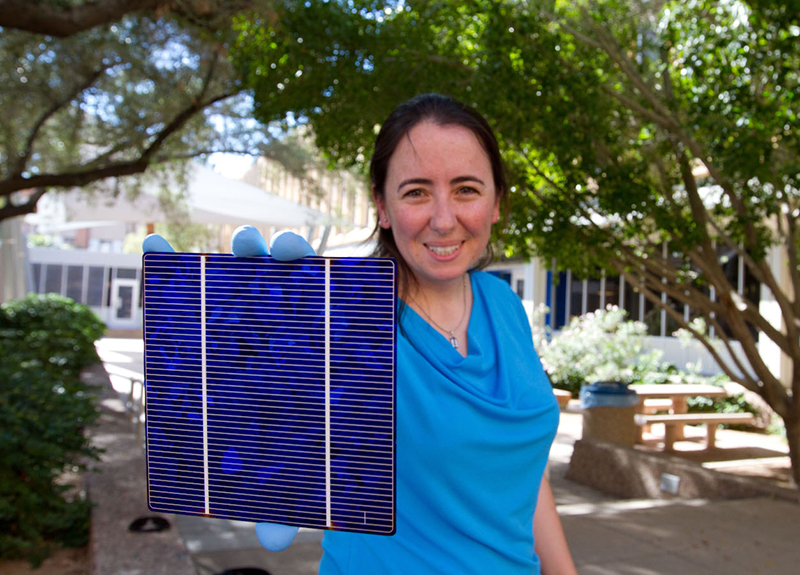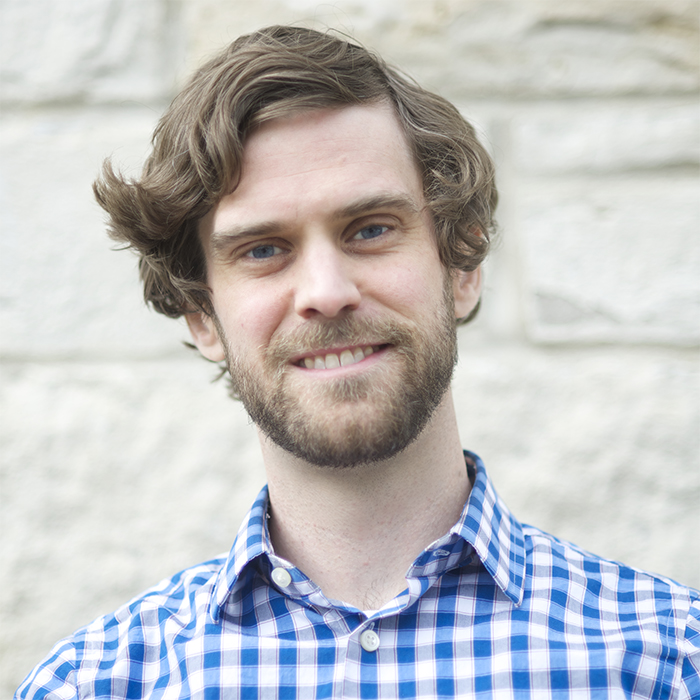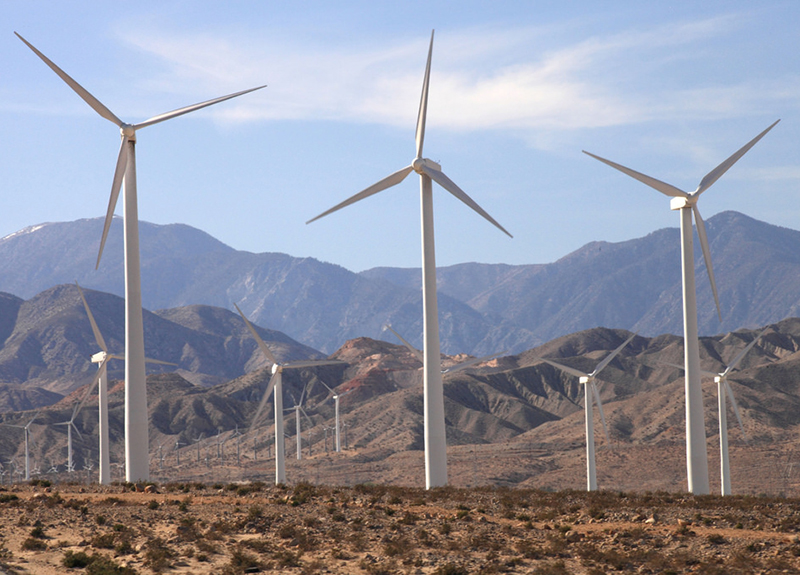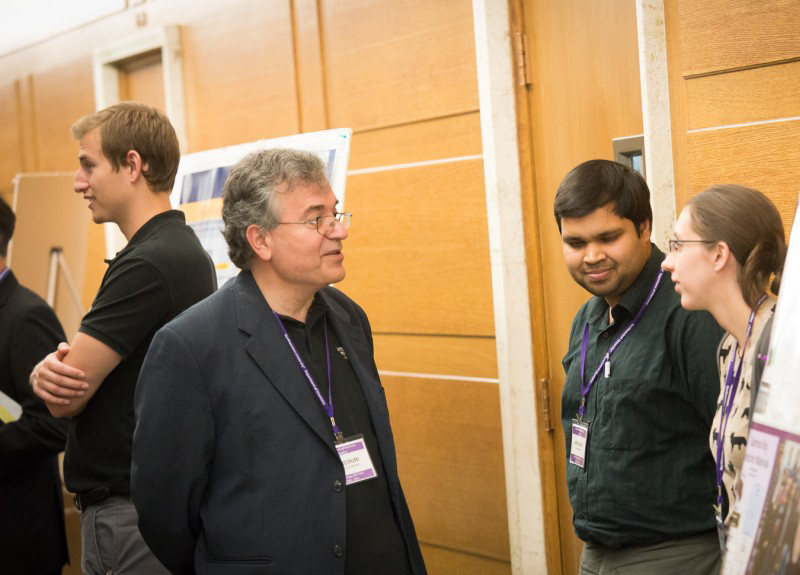When Mariana Bertoni graduated with her PhD in Materials Science and Engineering from Northwestern in 2007, she had her sights set on working to perfect solar cell technology. Thanks to several recent research awards from the US Department of Energy (DOE), she’s one step closer to accomplishing her goal.
“If it wasn’t for Northwestern, I wouldn’t be where I am today,” says Bertoni, currently an Assistant Professor of Electrical, Computer, and Energy Engineering at Arizona State University (ASU).
This July, the DOE Office of Energy Efficiency and Renewable Energy’s SunShot Initiative awarded Bertoni $1.8 million for two research projects. In her research, Bertoni is using machine learning and big data approaches to analyze correlative X-ray microscopy maps and develop models that will accurately predict the degradation of solar devices under various conditions. She will also be working as a co-PI on two additional SunShot projects that received a combined $2.2 million in funding.
“This research requires me to work across the fields of Engineering and Computational Science—a tremendously beneficial skill I developed thanks to the interdisciplinary nature of my education at Northwestern,” says Bertoni. “As a PhD student, I was co-advised by Professors Tom Mason [Materials Science and Engineering] and Ken Poeppelmeier [Chemistry]. Working closely with two people who think very differently about the same problem opened my eyes to the value of being bilingual across different fields. The skill is rarely taught in schools, but it’s priceless.”
"This research requires me to work across the fields of Engineering and Computational Science—a tremendously beneficial skill I developed thanks to the interdisciplinary nature of my education at Northwestern."
Launched in 2011, the SunShot Initiative seeks to spur the country’s solar market and drive deployment of affordable, inventive solar power technologies through targeted research investments. The Initiative’s objective is for solar energy to become cost-competitive with traditional forms of electricity by 2020 without subsidies. This July, SunShot granted a total of $20.5 million to 28 different projects to universities from across the country.
The research Bertoni is conducting as part of the Initiative could especially benefit the project finance process, which is rooted in reliable risk assessment and is currently suffering from lack of such projections.
“If my work can help inform a model that reliably says, ‘This device is going to last 50 years,’ that could impact the solar industry in a big way,” Bertoni says.
Bertoni’s SunShot awards include the following:
Project Name: Operando X-ray Nanocharacterization of Polycrystalline Thin Film Modules
Award Amount: $1,600,000
Project Summary: This project is developing an X-ray based characterization framework that enables module evaluation for cadmium telluride and copper indium gallium selenide cells under a variety of operating conditions with nanoscale resolution. The project team is using several lab-based mapping and synchrotron-based techniques (fluorescence, diffraction, and spectroscopy) coupled with the collection of IV curves in custom-designed stages capable of handling different temperatures, atmospheres, and illumination conditions to enable higher module efficiencies, longer warranties, and lower degradation rates.
Project Name: Sound Assisted Low Temperature (SALT) Spalling: Upscaling and Throughput
SunShot Award Amount: $222,519
Project Summary: Exfoliating a wafer from a silicon block, known as spalling, has been shown to be a promising kerfless, or waste-saving technique in wafer production. This project is researching an early-stage, novel spalling process called sound assisted low temperature (SALT) spalling to address defects, wafer thickness, and surface planarity through the use of acoustic waves to sharpen and facilitate crack formation during the spalling process.
Project Name: Direct Metallization with Reactive Inks – Assessment of Reliability and Process Sensitivities
SunShot Award Amount: $1,400,000 (Mariana Bertoni is a co-PI)
Project Summary: This project is investigating the material and growth properties of reactive metal inks in order to explore their potential use in the metallization of silicon solar cell. The research team seeks to radically change the cost structure of the cell by dramatically reducing silver consumption. This technique is of particular importance to temperature sensitive devices, such as heterojunction architectures, where the low processing temperatures of reactive inks offer a significant advantage and alternative metallization methods are currently expensive.
Project Name: Understanding and Overcoming Water-Induced Interfacial Degradation in Silicon Modules
SunShot Award Amount: $750,000 (Mariana Bertoni is a co-PI)
Project Summary: This project is developing a spatially-resolved characterization methodology to detect the location and amount of water present in PV modules and to model any predicted acceleration in performance degradation. The project team is examining the physical underpinnings of these effects by combining first-principles atomistic modeling of the segregation, diffusion, and chemical effects of interfacial water with continuum finite element method modeling of water distribution and its effects. Based on the resulting physical model of a module’s water exposure over time and predicted changes in material properties and power output, the project team plans to develop statistical response surface models to predict a module’s hazard function.







